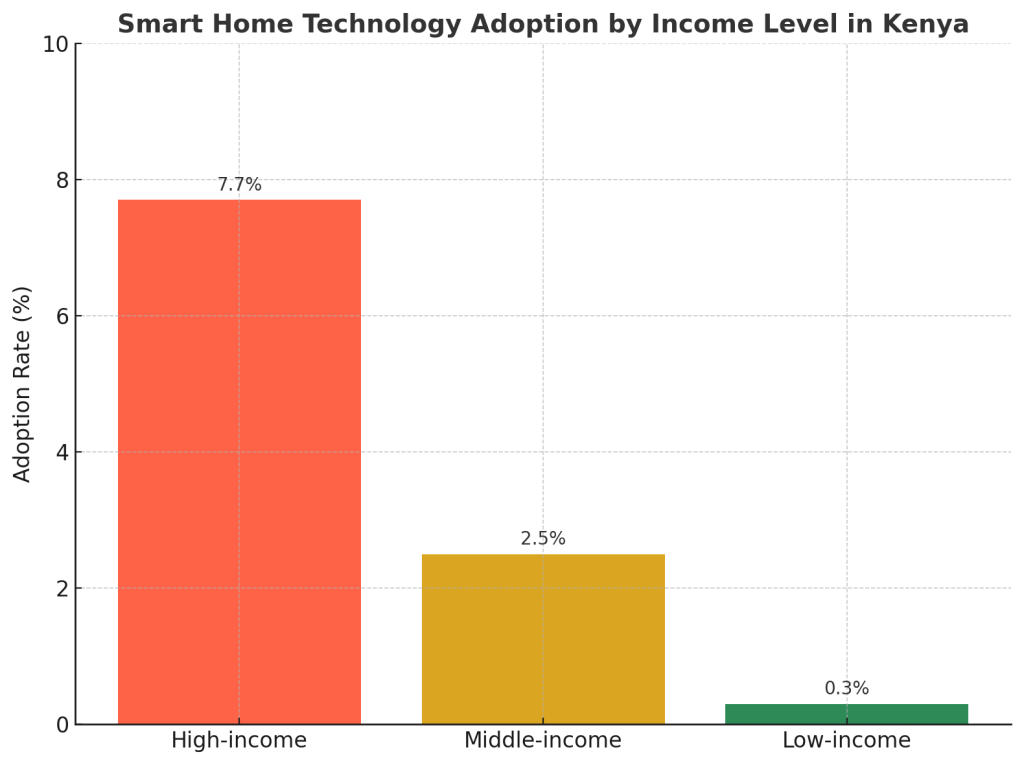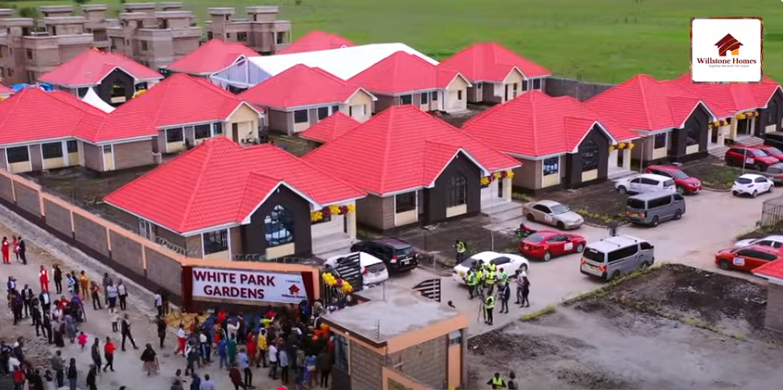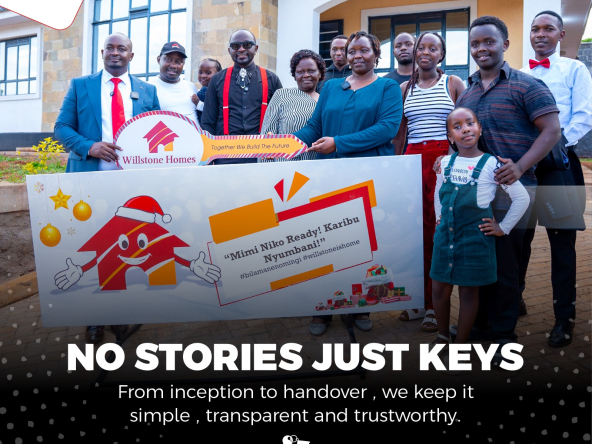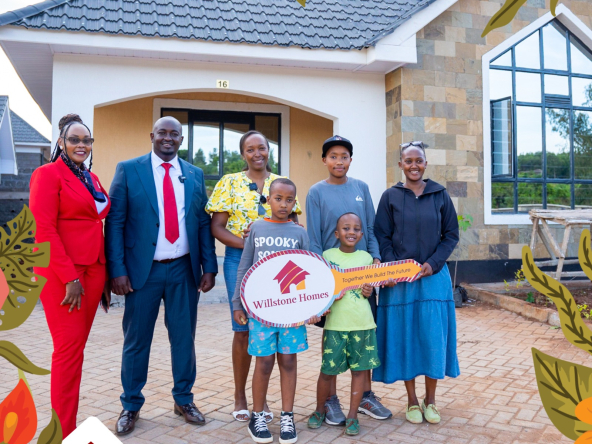The dream of smart homes in Kenya is quickly becoming a reality — but only for a small, wealthy segment of the population. The latest Kenya Household Survey (KHS) paints a picture of a growing digital divide: while affluent urban households are adopting smart lighting, security systems, and CCTV, low-income and rural households remain almost entirely excluded.
The findings are not just about technology — they reveal deeper inequalities tied to income, housing, and electricity access.
The Numbers: Who Gets Smart Homes?
- 7.7% of Kenya’s highest-income households report owning smart security systems.
- Only 0.3% of the lowest-income households report the same.
- Urban households with electricity are 20x more likely to adopt smart technologies compared to rural electrified households.

A bar chart comparing smart tech adoption by income level (High-income vs Mid vs Low).
What’s Driving the Divide?
1. Income Disparities
The wealthiest households in Nairobi, Mombasa, and Kisumu are installing smart door locks, lighting, and CCTV as part of lifestyle upgrades. For low-income households, affordability remains the greatest barrier.
2. Housing Tenure & Type
- Renters and leaseholders (mostly urban) show the highest internet penetration (54.7%) and smart tech adoption.
- Homeowners lag behind, with only 27.1% connectivity, while squatters and informal dwellings record negligible access.
- Dwelling type matters: residents in apartments (71.8%) and maisonettes (67.9%) have stronger adoption rates, while those in shanties and manyattas see almost none.
3. Electricity Access
- National electricity access: 66% of households.
- Urban households connected: 92.7%.
- Rural households connected: 49.2%.
Even where rural homes have power, adoption of smart systems is rare due to low awareness, affordability, and infrastructure gaps.
Voices from the Data
“The integration of ICTs into daily life — from internet use to smart home technologies — has profound implications for development. Understanding how access differs across regions and income groups is critical for promoting digital equity,”
– McDonald Obudho, Director General, Kenya National Bureau of Statistics.
“Addressing disparities in income, housing, and infrastructure is essential to ensure smart technologies are accessible to all Kenyans, not just a privileged few,”
– David Mugonyi, Director General, Communications Authority of Kenya.
Why This Matters for Real Estate & Policy
The rise of smart homes in Kenya is more than a tech story. It highlights how urban real estate and infrastructure policies can either bridge or widen inequality. Developers in Nairobi are increasingly marketing smart-ready apartments as premium products, while rural and informal housing markets remain disconnected.
Policymakers face a dual challenge:
- Expand rural electrification and internet infrastructure.
- Encourage affordable smart tech options for middle- and low-income households.
Read Also: Balancing Density with Liveability: Can Nairobi’s Growth Be Sustainable?
The Way Forward
The report recommends:
- Rural electrification first: Ensuring every household has stable access to electricity.
- Affordable access to devices: Subsidies, bulk imports, or financing models for low-income families.
- Pro-smart policies: Incentives for developers who integrate affordable smart features into housing projects.
- Public awareness campaigns: Educating households on how smart devices improve security and energy efficiency.
The Kenyan real estate market is entering a new era where smart homes in Nairobi and other urban centers are setting the pace. But unless deliberate efforts are made, the digital divide will harden into a housing divide: the rich living in connected, secure homes, while millions remain excluded.
Bridging this gap requires targeted investment in infrastructure, affordability, and policy innovation. If Kenya can achieve this balance, the promise of smart housing won’t remain a luxury for the few — it will become part of the nation’s housing future.
Read Also: Climate-Resilient Housing in Nairobi: How Floods & Heat Are Forcing a Rethink




